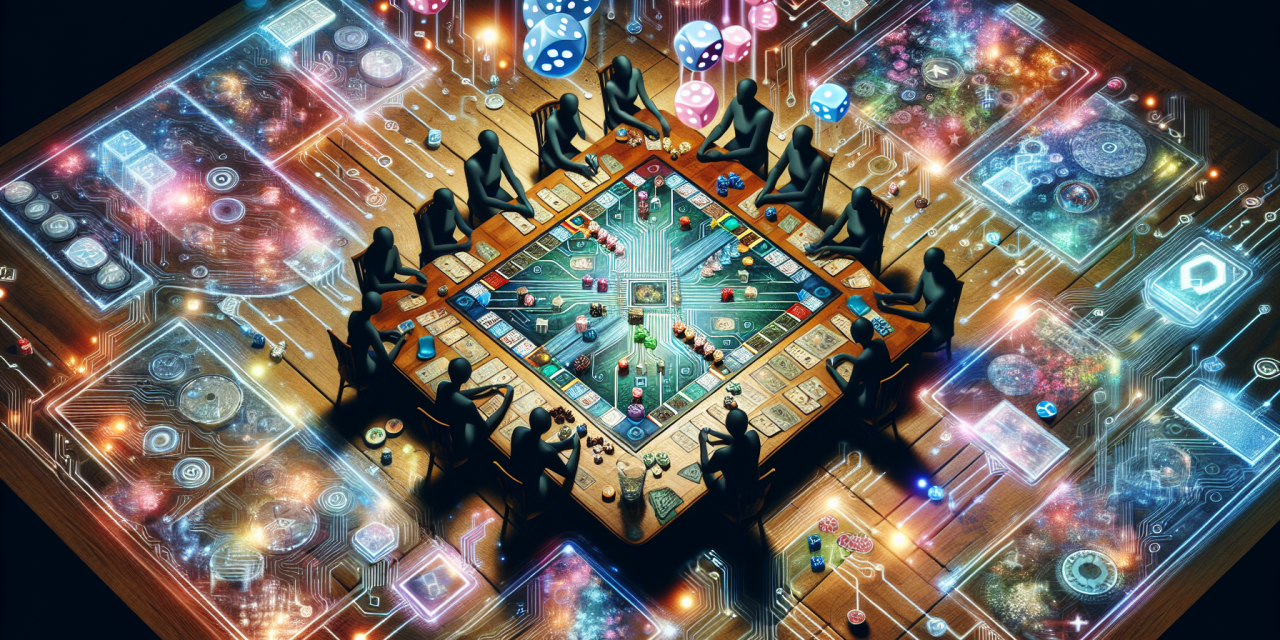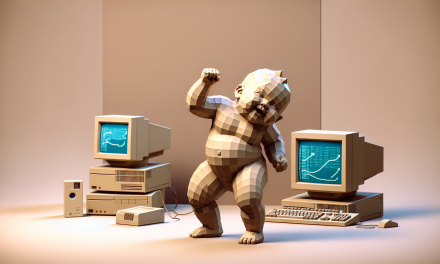Ever opened a board game box to find a thick booklet of rules and thought, “This looks like a foreign language”? Well, here’s a delightful secret: those rules aren’t just instructions—they’re actually programs. Every board game is like a tiny computer system, complete with inputs, outputs, loops, and decision trees. The only difference? Instead of electricity flowing through circuits, you have dice rolling across tables and cards shuffling between hands.
The Architecture of Fun
Think about Monopoly for a moment. When you roll the dice, that’s your input. The game processes this input by moving your piece the corresponding number of spaces, then executes different functions depending on where you land. Land on property? Run the “purchase or pay rent” subroutine. Pass GO? Execute the “collect $200” function. Draw a Chance card? Time for a random event generator.
This isn’t just a clever comparison—it’s literally how game designers think when creating board games. They’re writing programs that run on human hardware instead of computer processors. The players become both the CPU executing instructions and the memory storing the game state.
Variables and Game State
Every board game maintains what programmers call “state”—all the information needed to understand the current situation. In a video game, this might be stored in the computer’s memory as numbers and text. In a board game, it’s represented physically: your money stack (an integer variable), your position on the board (coordinate data), the cards in your hand (an array), and whether you own properties (boolean values—true or false).
The genius of physical board games lies in how they make this data visible and tangible. You can see your resources, count your cards, and observe other players’ positions. It’s like having a computer program where all the variables are displayed on screen at once—no hidden information, except for the cards in opponents’ hands and the next card in the deck.
Loops and Turns
Most board games operate on what programmers call a “game loop”—a sequence of actions that repeats until a certain condition is met. In Scrabble, each player’s turn follows the same pattern: draw tiles, make a word, calculate points, refill your tile rack. This loop continues until someone uses all their tiles or no valid moves remain—these are the “exit conditions” that break the loop.
Some games have nested loops, like Risk, where you have the overall turn sequence (attack, fortify, draw card), but within the attack phase, you might repeat the same battle procedure multiple times. It’s loops within loops, just like in programming.
Conditional Logic in Action
Board game rules are packed with “if-then” statements. If you roll doubles in Monopoly, then you get another turn. If your Scrabble word uses all seven tiles, then you get a 50-point bonus. If another player has built a city in Catan where you wanted to expand, then you’ll need to find an alternative strategy.
These conditional statements create the branching narratives that make games interesting. Unlike computer programs that execute thousands of conditions per second, board games let you see and feel each decision point. You’re literally walking through a flowchart with every choice you make.
Random Number Generation and Probability
Dice are nature’s random number generators, and deck shuffling creates beautifully chaotic sequences. Game designers are essentially probability programmers, carefully crafting the odds to create excitement and balance. When you roll 2d6 in Monopoly, you’re not just generating random movement—you’re executing a probability distribution that makes landing on certain spaces more likely than others.
The beauty of physical randomness is that everyone trusts it. Nobody questions whether the dice are “really” random the way they might with computer-generated numbers. That tumbling cube carries a satisfying authenticity that’s hard to replicate digitally.
Error Handling and House Rules
Even the best-designed board games occasionally encounter edge cases—situations the designers didn’t fully anticipate. When this happens, players become programmers, developing “house rules” to handle these exceptions. It’s collaborative debugging in real time.
This process reveals something wonderful about human intelligence: we’re incredibly good at adapting systems on the fly. When a rule seems unfair or confusing, we modify it together, essentially patching the program to work better for our specific context.
Designing Your Own Program
Understanding board games as programs opens up exciting possibilities for creating your own. Start simple—design a game with clear inputs (dice rolls, card draws), obvious state (player positions, scores), and straightforward win conditions. Test your “program” with friends and family, observing where players get confused or where the game becomes unbalanced.
Each playtest is like running your program with different data sets. Players will find bugs you never anticipated and suggest features you hadn’t considered. The iterative process of game design mirrors software development more closely than you might expect.
The next time you sit down to play a board game, take a moment to appreciate the elegant program unfolding before you. Those cardboard pieces and plastic tokens are executing instructions just as surely as any computer—they’re just doing it in a way that brings people together around a shared experience. After all, the best programs aren’t just functional; they’re fun.








